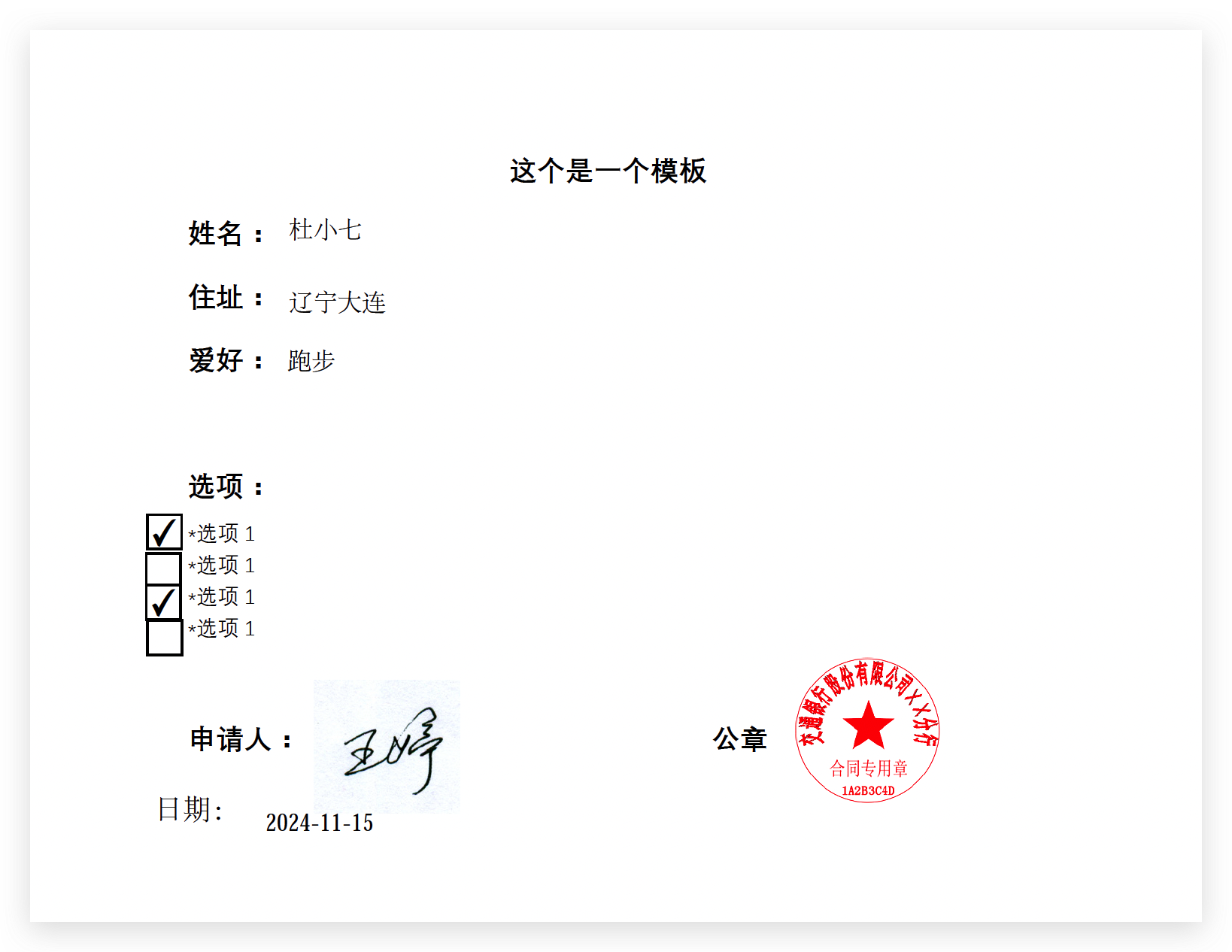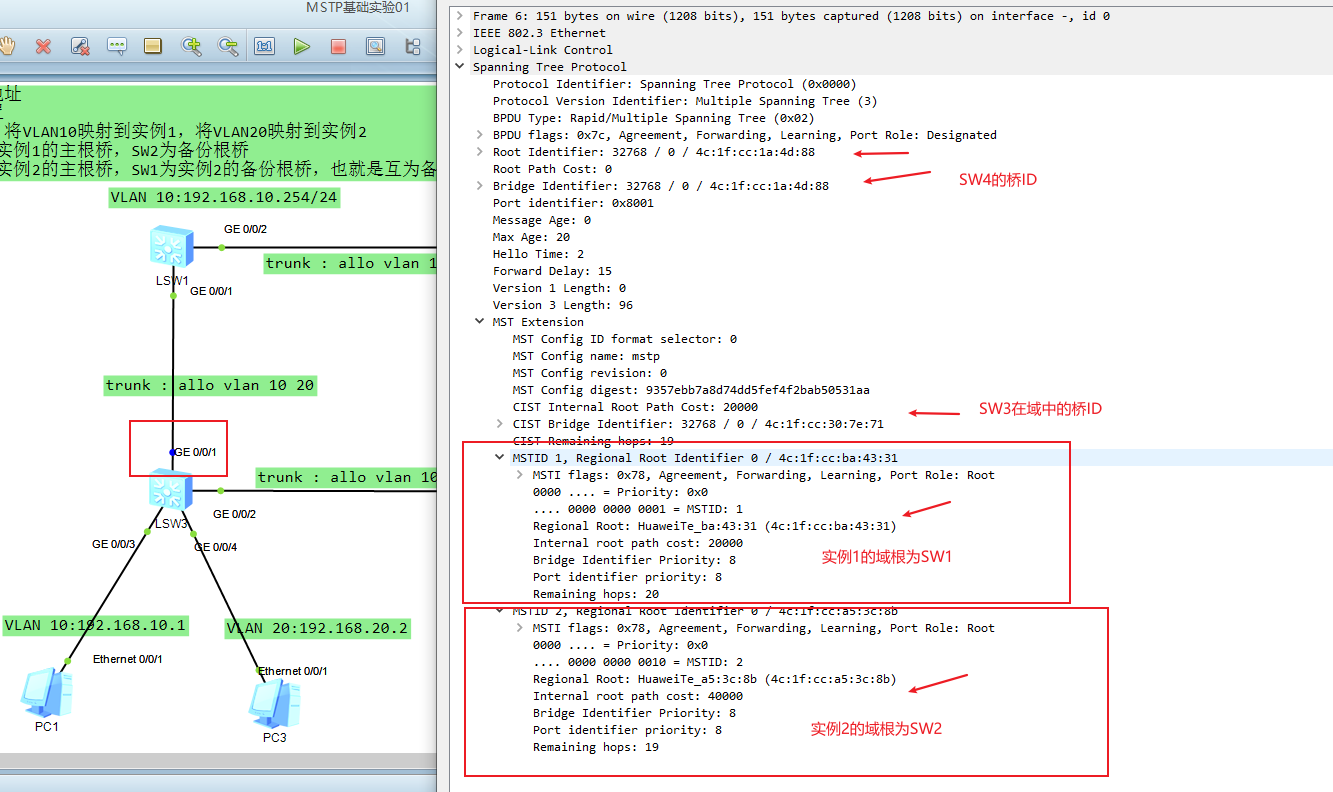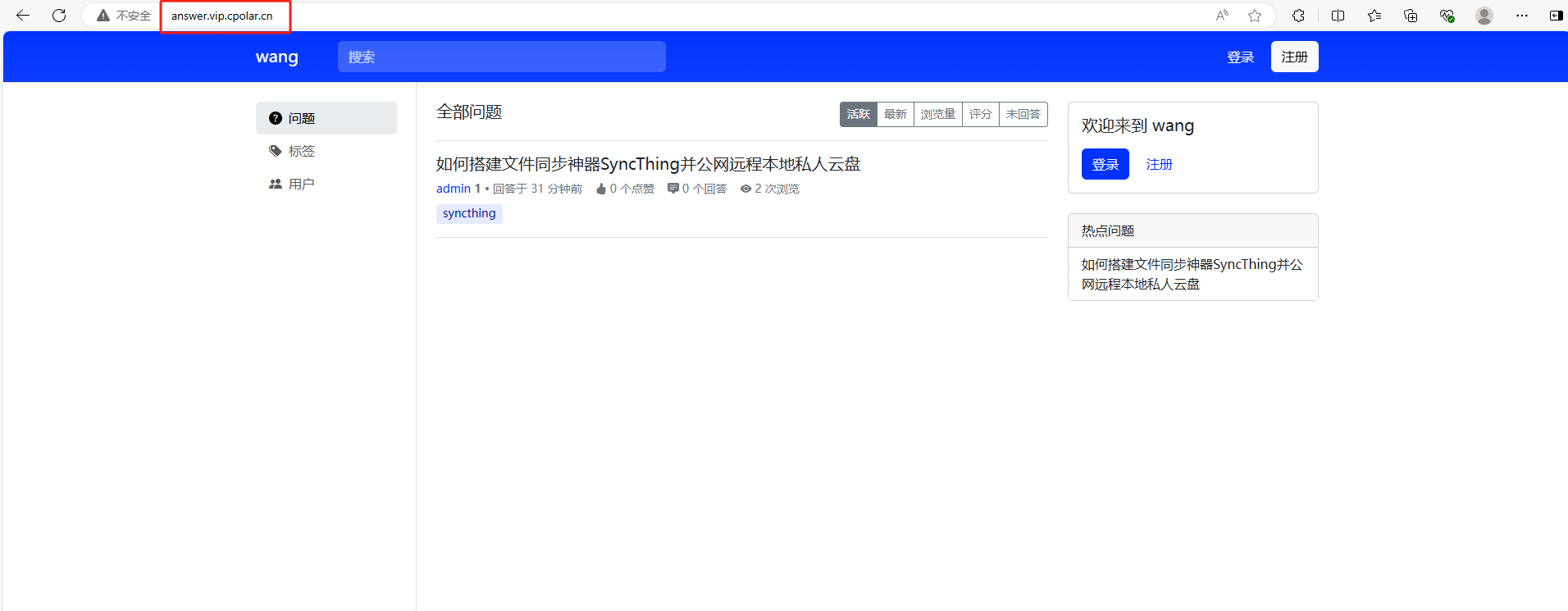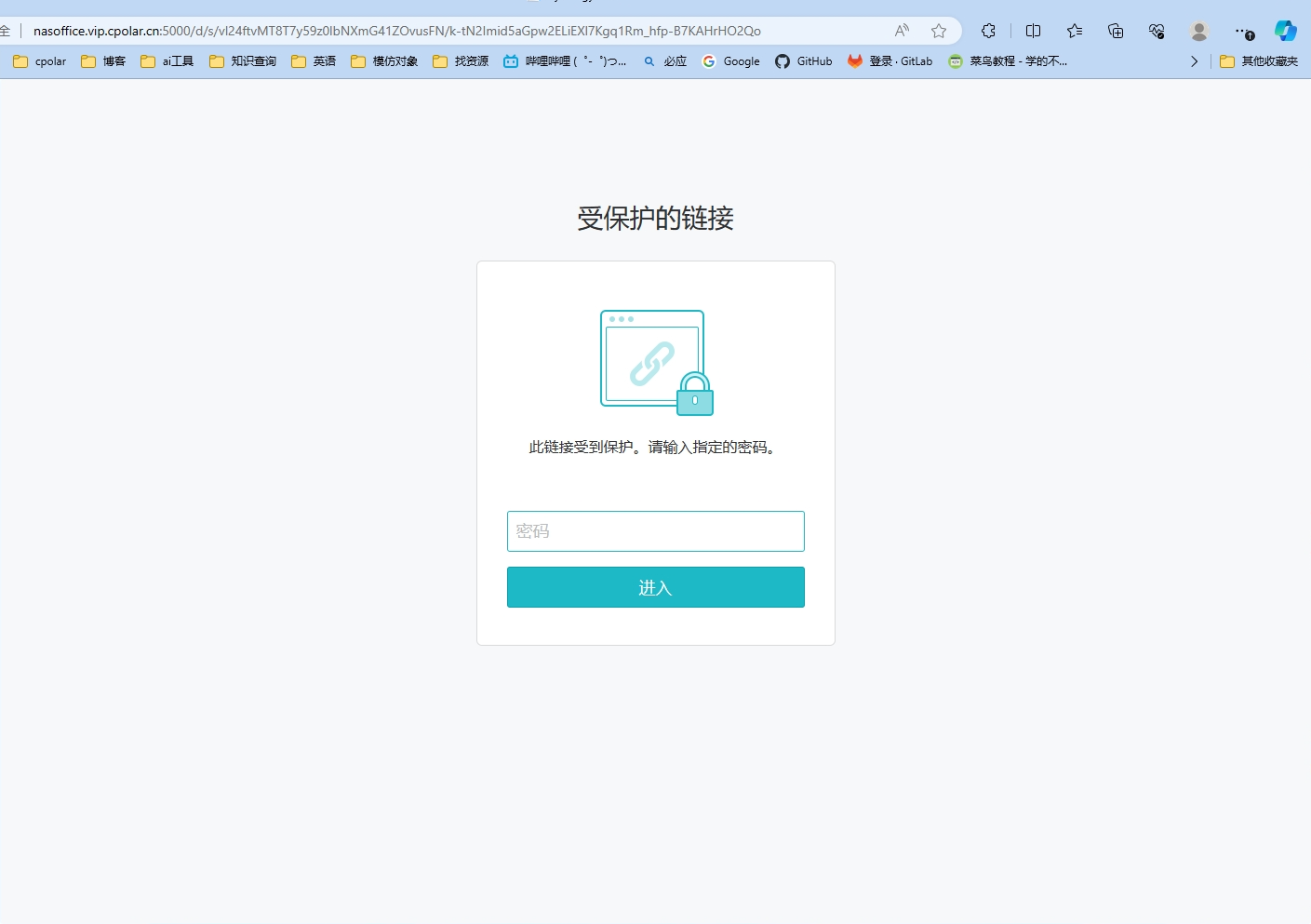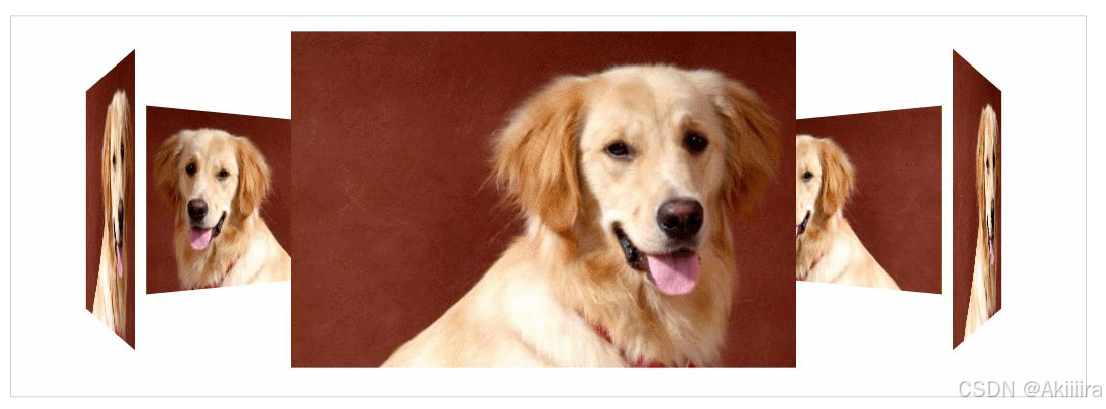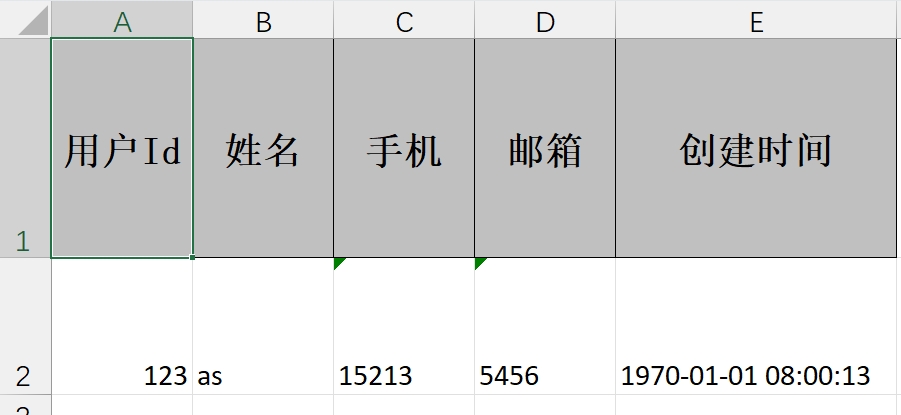在本文中,我们将使用 TensorFlow 和 Keras 实现一个简化版的 GoogLeNet 模型来进行 MNIST 数据集的手写数字分类任务。GoogLeNet 采用了 Inception 模块,这使得它在处理图像数据时能更高效地提取特征。本教程将详细介绍如何在 MNIST 数据集上训练和测试这个模型。
项目结构
我们的代码将分为两个部分:
- 训练部分 (
train.py): 包含模型定义、数据加载、模型训练等。 - 测试部分 (
test.py): 用于加载训练好的模型,并在测试集上评估其性能。
训练部分:train.py
1. 数据加载与预处理
首先,我们需要加载 MNIST 数据集并进行预处理。预处理包括调整图像形状、归一化以及 One-Hot 编码标签。
import tensorflow as tf
from tensorflow.keras.datasets import mnist
from tensorflow.keras.utils import to_categorical
def load_and_preprocess_data():
# 加载 MNIST 数据集
(train_images, train_labels), (test_images, test_labels) = mnist.load_data()
# 数据预处理:将图像形状调整为 [28, 28, 1],并归一化到 [0, 1] 范围
train_images = train_images.reshape((train_images.shape[0], 28, 28, 1)) / 255.0
test_images = test_images.reshape((test_images.shape[0], 28, 28, 1)) / 255.0
# One-Hot 编码标签
train_labels = to_categorical(train_labels, 10)
test_labels = to_categorical(test_labels, 10)
return train_images, train_labels, test_images, test_labels
2. 创建简化版 GoogLeNet 模型
接下来,我们定义一个简化版的 GoogLeNet 模型。该模型包括卷积层、Inception 模块和全连接层。
from tensorflow.keras import layers, models
def googlenet(input_shape=(28, 28, 1), num_classes=10):
inputs = layers.Input(shape=input_shape)
# 第一卷积层 + 池化层
x = layers.Conv2D(32, (3, 3), padding='same', activation='relu')(inputs)
x = layers.MaxPooling2D((2, 2))(x)
# 第二卷积层 + 池化层
x = layers.Conv2D(64, (3, 3), padding='same', activation='relu')(x)
x = layers.MaxPooling2D((2, 2))(x)
# 第三卷积层 + 池化层
x = layers.Conv2D(128, (3, 3), padding='same', activation='relu')(x)
x = layers.MaxPooling2D((2, 2))(x)
# Inception 模块
inception1 = layers.Conv2D(64, (1, 1), activation='relu', padding='same')(x)
inception2 = layers.Conv2D(128, (3, 3), activation='relu', padding='same')(x)
inception3 = layers.Conv2D(32, (5, 5), activation='relu', padding='same')(x)
# 拼接 Inception 模块的输出
x = layers.concatenate([inception1, inception2, inception3], axis=-1)
# 全局平均池化层
x = layers.GlobalAveragePooling2D()(x)
# 全连接层
x = layers.Dense(1024, activation='relu')(x)
x = layers.Dropout(0.5)(x) # Dropout 层减少过拟合
outputs = layers.Dense(num_classes, activation='softmax')(x) # 输出层,使用 softmax 激活函数进行多分类
model = models.Model(inputs=inputs, outputs=outputs)
return model
3. 模型训练
定义好模型之后,我们使用 Adam 优化器和交叉熵损失函数来训练模型,并保存训练好的模型。
def train_model(model, train_images, train_labels, epochs=5, batch_size=64):
# 训练模型
history = model.fit(train_images, train_labels,
epochs=epochs,
batch_size=batch_size)
return history
def save_model(model, filename='googlenet_mnist.h5'):
model.save(filename)
print(f"Model saved to {filename}")
4. 主程序
最后,在主程序中,我们加载数据、创建模型并开始训练。
def main():
train_images, train_labels, test_images, test_labels = load_and_preprocess_data()
model = googlenet(input_shape=(28, 28, 1), num_classes=10)
model.compile(optimizer='adam',
loss='categorical_crossentropy',
metrics=['accuracy'])
train_model(model, train_images, train_labels, epochs=5, batch_size=64)
save_model(model)
if __name__ == '__main__':
main()
测试部分:test.py
1. 加载训练好的模型
在测试部分,我们将加载训练好的模型,并在测试集上进行评估。
import tensorflow as tf
from tensorflow.keras.datasets import mnist
from tensorflow.keras.utils import to_categorical
def load_and_preprocess_data():
(_, _), (test_images, test_labels) = mnist.load_data()
test_images = test_images.reshape((test_images.shape[0], 28, 28, 1)) / 255.0
test_labels = to_categorical(test_labels, 10)
return test_images, test_labels
def load_model(model_path='googlenet_mnist.h5'):
model = tf.keras.models.load_model(model_path)
return model
2. 评估模型
我们通过 evaluate 方法评估模型的损失和准确率。
def evaluate_model(model, test_images, test_labels):
test_loss, test_acc = model.evaluate(test_images, test_labels)
print(f"Test accuracy: {test_acc * 100:.2f}%")
return test_loss, test_acc
3. 显示预测结果
使用 Matplotlib 可视化前几张图片的预测结果。
import matplotlib.pyplot as plt
def display_predictions(model, test_images, test_labels, num_images=6):
predictions = model.predict(test_images[:num_images])
fig, axes = plt.subplots(2, 3, figsize=(10, 6))
axes = axes.flatten()
for i in range(num_images):
ax = axes[i]
ax.imshow(test_images[i].reshape(28, 28), cmap='gray')
ax.set_title(f"Pred: {tf.argmax(predictions[i]).numpy()} \n True: {tf.argmax(test_labels[i]).numpy()}")
ax.axis('off')
plt.tight_layout()
plt.show()
4. 主程序
在主程序中,我们加载模型,评估其性能,并显示预测结果。
def main():
test_images, test_labels = load_and_preprocess_data()
model = load_model('googlenet_mnist.h5')
evaluate_model(model, test_images, test_labels)
display_predictions(model, test_images, test_labels)
if __name__ == '__main__':
main()
总结
本文介绍了如何使用 TensorFlow 实现简化版 GoogLeNet,并在 MNIST 数据集上进行训练和测试。我们将代码分为训练和测试两部分,分别处理数据预处理、模型训练与评估、结果展示等工作。
通过使用 GoogLeNet 进行图像分类,我们不仅能够提高分类性能,还能了解 Inception 模块在图像处理中的强大能力。希望这篇博客能够帮助你更好地理解深度学习模型的训练与测试过程。
完整项目:GoogLeNet-TensorFlow: 使用TensorFlow实现简化版 GoogLeNet 进行 MNIST 图像分类![]() https://gitee.com/qxdlll/goog-le-net-tensor-flow
https://gitee.com/qxdlll/goog-le-net-tensor-flow
qxd-ljy/GoogLeNet-TensorFlow: 使用 TensorFlow实现简化版 GoogLeNet 进行 MNIST 图像分类![]() https://github.com/qxd-ljy/GoogLeNet-TensorFlow
https://github.com/qxd-ljy/GoogLeNet-TensorFlow

